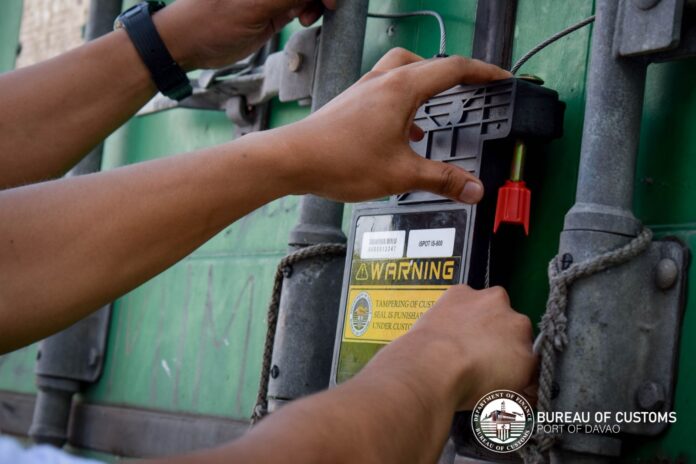
-
By August, the Electronic Tracking of Containerized Cargoes (E-TRACC) System will cover even more import shipments—those previously not covered at the ports of Cebu, Davao, and Cagayan De Oro and Subic
-
Import containers from the four ports bound for customs bonded warehouses, off-dock container yards/container freight stations, and cold storage warehouses will be under E-TRACC
-
Stakeholders affected by the new ruling must register online with the E-TRACC system at ecms.ph from July 19 to August 6
-
Customs officers will not clear subject shipments without E-TRACC booking
The Bureau of Customs (BOC) will widen coverage of the Electronic Tracking of Containerized Cargoes (E-TRACC) System in August.
In Assessment and Operations Coordinating Group (AOCG) Memo No. 398-2021 dated July 19, AOCG deputy commissioner Atty. Edward James Dy Buco said the system will now cover import containers from the ports of Cebu, Davao, Cagayan de Oro and Subic bound for customs bonded warehouses (CBWs), off-dock container yards/container freight stations, and cold storage warehouses.
Affected stakeholders must register online with the E-TRACC system at www.ecms.ph from July 19 to August 6. Failure to do so will delay processing of customs clearance, AOCG Memo 398-2021 notes.
Target implementation at the covered ports is as follows:
- Subic port reefers and Cebu port CBWs – August 9
- Cebu port reefer – August 16
- Davao port and Cagayan de Oro port reefers – August 23
AOCG Memo 293-2021 said customs operations officers will not approve any customs clearance without E-TRACC booking, which is prescribed under Customs Memorandum Order (CMO) No. 04-2020 that implements the system.
READ: BOC orders e-tracking of cargoes in transit
The web-based E-TRACC system was launched by BOC last year to track inland movement of containerized cargoes during transit and transfer to other customs territories and facilities. It allows BOC to track, monitor, and audit the location and condition of cargoes, as well as obtain real-time alarms on diversion and tampering of cargoes.
Several memos have been issued since last year on the gradual inclusion into the system of various economic zones, Freeports, and collection districts.
Under CMO 04-2020, an electronic customs seal (ECS) is required during the transfer of cargo to a container yard/container freight station or other customs facilities and warehouses; transit of cargo bound for Free Zones, inland customs offices, depots, or terminals; transit to CBWs; export of cargo from Free Zones, inland customs offices, depots or terminals, and CBWs to port of loading; and transfer of shipments subject to further verification or monitoring.
BOC said the trackers, or the ECS, are designed to emit an alert on any tampering to allow BOC’s Enforcement and Security Service Quick Reaction Team to act swiftly to prevent any smuggling activities.
All container vans covered by CMO 04-2020 should be affixed with an ECS before being cleared to depart from the starting point or point of discharge for the voyage to the end point or point of destination.
Except when warranted under CMO 04-2020, customs cargo clearance must be fully completed before any shipment can be sealed with an ECS.
Booking for an E-TRACC trip can be made one day earlier or up to one hour before departure of the container.
E-TRACC requires payment of P500 within a 10-kilometer (km) radius from port of discharge and P700 beyond the 10-km radius from port of discharge. The charge covers both arming and disarming of the ECS. – Roumina Pablo




